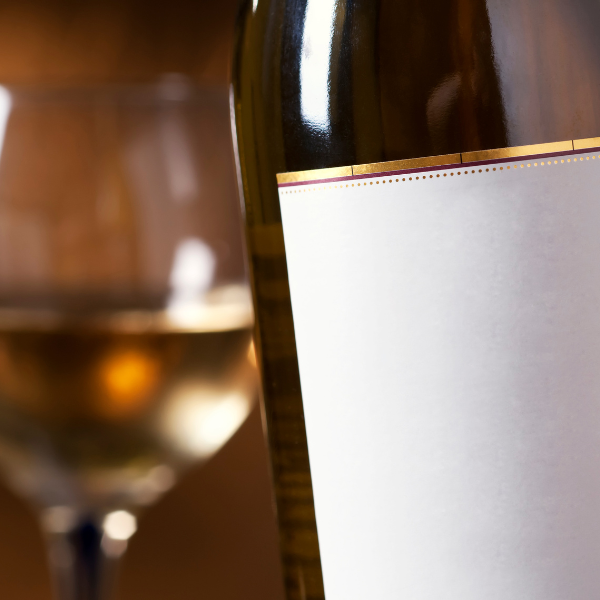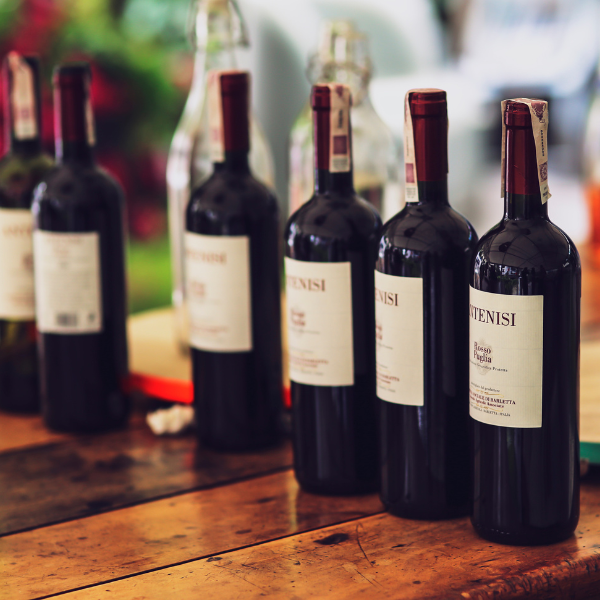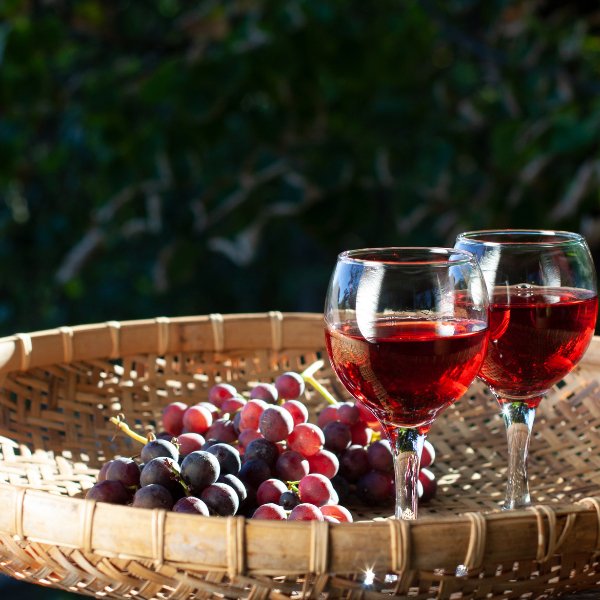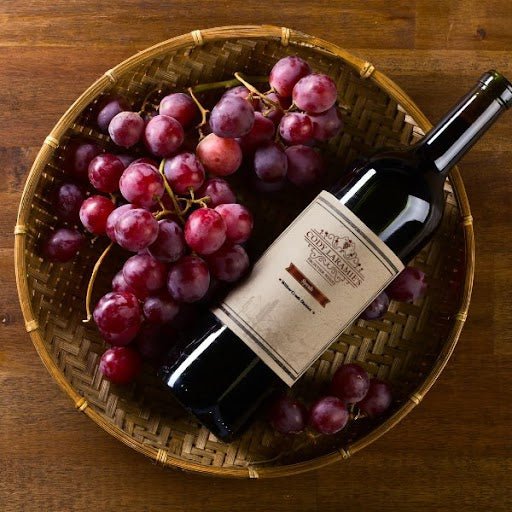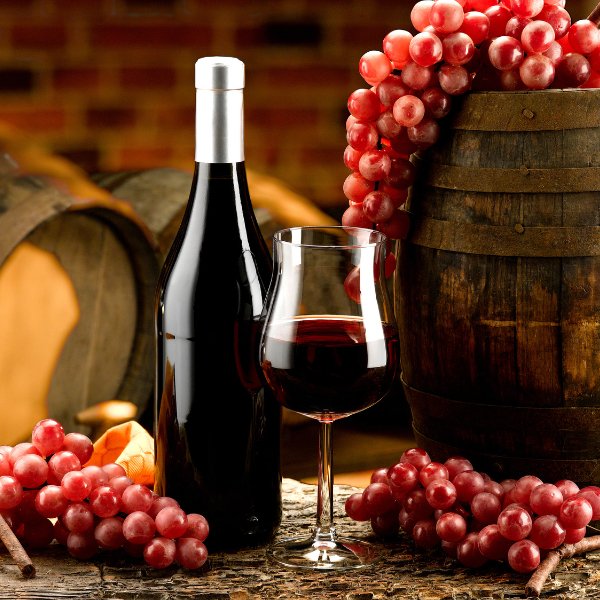The Role of Imagery in Creating a Memorable Wine Label
In the fiercely competitive wine market, a bottle's imagery can make or break its appeal. With countless options lining the shelves, impactful imagery for wine packaging becomes a crucial differentiator. A well-designed label not only captures attention but also communicates the essence of the wine, inviting consumers to explore its story. For brand teams and procurement professionals, mastering the art of wine label design is essential to creating a memorable brand presence and boosting sales.
Understanding the Power of Visual Storytelling
Visual storytelling is a powerful tool in wine branding. A wine label isn't just a piece of paper; it's a canvas that conveys history, culture, and emotion. When executed well, creative wine label graphics can transform a simple bottle into a narrative experience. Take, for instance, a winery that incorporates local landmarks or historical elements into its labels. This approach not only provides wine label design inspiration but also builds a connection with consumers who value authenticity and heritage.
Incorporating artistry in wine label design helps brands stand out. Using unique wine label concepts, such as abstract art or minimalist designs, can appeal to different consumer preferences and demographics, offering a diverse array of choices to attract a wider audience.
Design Elements That Create Impact
When designing a wine label, several aesthetic elements play a crucial role in its impact:
- Color Palette: Choose colors that resonate with the wine's profile. Rich reds and golds might suggest a bold, full-bodied wine, while soft pastels could imply a light, floral white.
- Typography: The font style can influence how a wine is perceived. Elegant scripts suggest sophistication, while bold, modern fonts might appeal to a younger audience.
- Imagery: From illustrations to photography, the use of effective wine label visuals can evoke specific emotions and set expectations for the wine experience.
Consider a scenario where a brand team collaborates with local artists to create custom wine label art. This partnership not only supports the community but also brings fresh, engaging wine packaging visuals to the market, enhancing brand identity and consumer loyalty.
Trends in Wine Label Design
The wine industry is ever-evolving, and staying ahead of design trends can provide a competitive edge. Current trends include:
- Minimalist Designs: Stripping down to essential elements to convey a clear and direct message.
- Interactive Labels: Incorporating QR codes or augmented reality features to engage tech-savvy consumers.
- Sustainable Packaging: Using eco-friendly materials and designs that reflect an ethical brand stance.
Keeping up with wine label design trends allows brand managers to continuously refresh their offerings and maintain relevance in a dynamic market. For example, a procurement team might prioritize sourcing materials that support innovative wine packaging designs, ensuring both aesthetic appeal and environmental responsibility.
Building a Cohesive Wine Brand Visual Identity
A wine label is a critical touchpoint in a brand's visual identity. Consistency across labels, packaging, and marketing materials reinforces brand recognition and loyalty. Custom wine branding strategies help create a unified look and feel, essential for long-term success. Brands should aim for a balance between eye-catching wine packaging and maintaining their core identity.
Imagine a scenario where a design team uses feedback from consumer focus groups to refine their artistic wine label approaches, ensuring that the final product resonates with their target audience. By aligning creative efforts with consumer expectations, brands can craft memorable wine label designs that leave a lasting impression.
FAQs on Wine Label Imagery
Q: How do I choose the right imagery for my wine label?
A: Consider your brand story, target audience, and the wine’s unique characteristics. Use imagery that reflects these elements and enhances your brand's narrative.
Q: What should I keep in mind about compliance and regulations for wine labels in the U.S.?
A: Ensure that all mandatory information, such as alcohol content and origin, is included and compliant with TTB (Alcohol and Tobacco Tax and Trade Bureau) regulations.
Q: How can I make my wine label stand out on the shelf?
A: Focus on distinctive imagery, innovative materials, and interactive elements that engage customers and differentiate your brand from competitors.
Incorporating impactful imagery for wine packaging is not just about aesthetics; it's about crafting a story that captivates and communicates. At Customizable.com, we provide solutions that allow you to leverage the full potential of your wine labels, enhancing your brand’s presence and appeal. Explore our capabilities to see how we can elevate your wine brand through custom-branded products.





